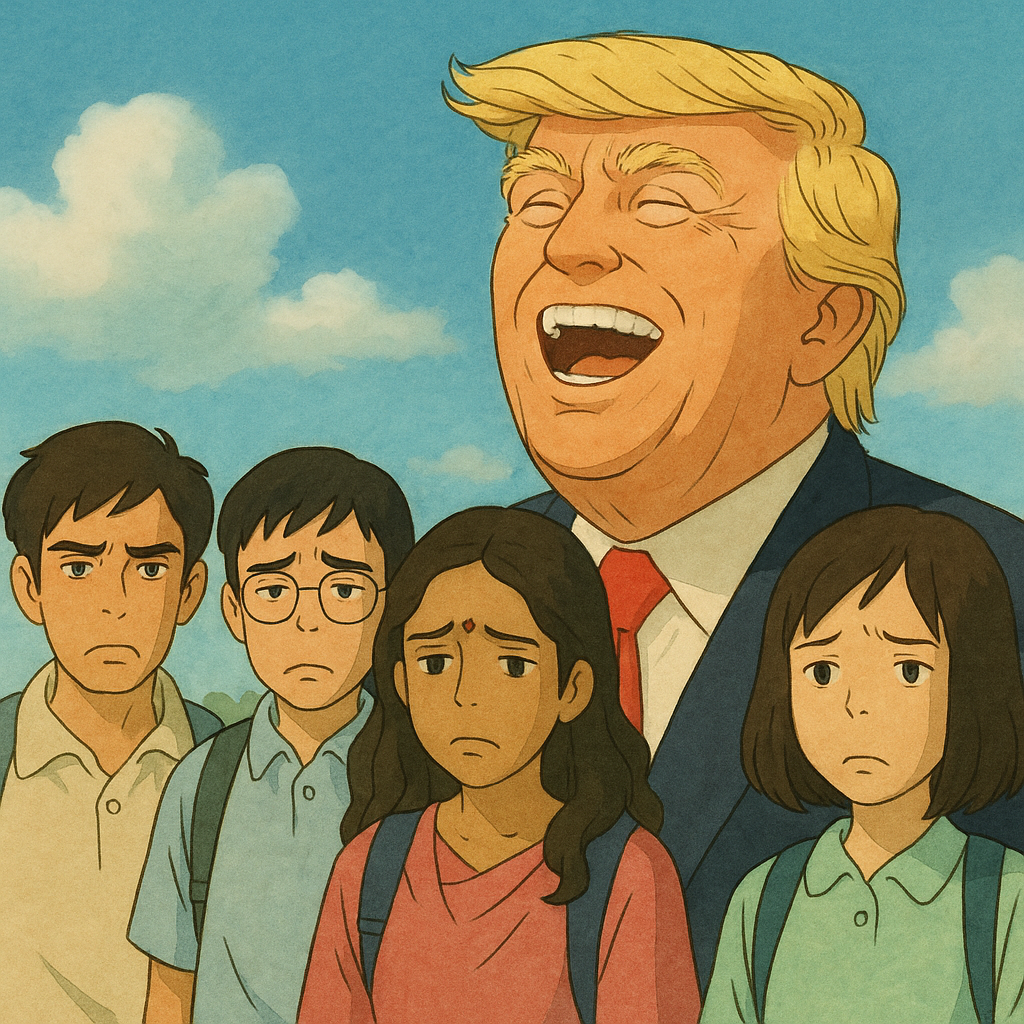
In 2025, the United States has implemented significant tariff increases, particularly targeting imports from countries like China and India. While these economic measures aim to protect domestic industries, they have inadvertently impacted international students from these nations, leading to challenges in visa procurement and future employment prospects.
Impact on Student Visas

Increased Visa Denials
The heightened tariffs have coincided with stricter visa policies. For instance, the F-1 visa rejection rate for Indian students reached 41% in 2024, a significant rise from previous years. Similarly, African nations such as Nigeria and Kenya have experienced denial rates exceeding 70%. Source travelobizHerman Legal Group
Financial Strain
Tariff-induced economic pressures have led to increased costs for international students. The Optional Practical Training (OPT) application fee has risen by 20%, now costing $490, and processing times have extended from three to five months. These changes can delay employment opportunities and strain students’ finances. Source American Council on Education
Future Job Market Implications
Reduced Talent Pool
The U.S. job market, particularly in STEM fields, relies heavily on international graduates. With 34% of H-1B visa holders transitioning from student visas, the decline in international student enrollment could lead to a shortage of skilled workers. Source PIIE
Economic Consequences
International students contribute significantly to the U.S. economy, with expenditures totaling $43.8 billion and supporting over 378,000 jobs in the 2023-2024 academic year. A decrease in international student numbers could have adverse economic effects. Source NAFSA
Conclusion: While the intent behind tariff increases is to bolster domestic industries, the collateral impact on international students and the future workforce cannot be overlooked. Policymakers must consider these ramifications to maintain the U.S.’s position as a global leader in education and innovation.





